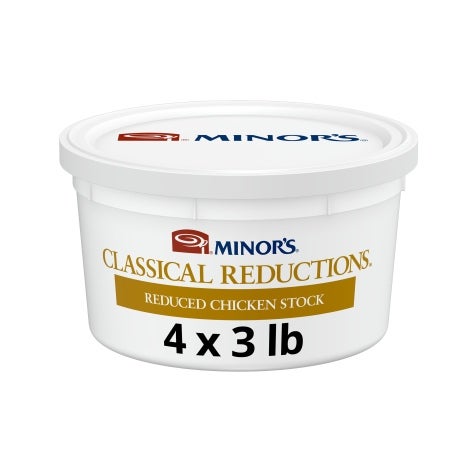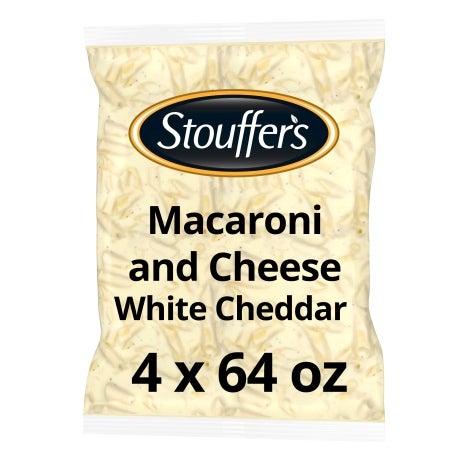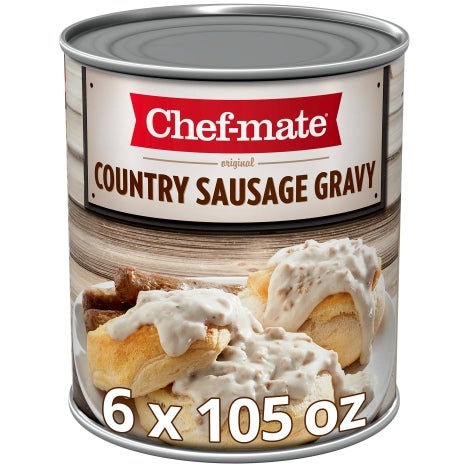
Catch the Self-Service Catering Wave
Catering is on the upswing, and a self-service program is a good way to leverage the trend. You may already have the staff and resources available, so get ready to start—or upgrade—your self-service catering now.
If the word “catering” conjures up images of uniformed waiters, opulent buffets, and rented tents, for many food service operators self-service catering represents a much more practical way to build sales.
And make no mistake, the potential is there. According to Datassential, catering is offered by 44% of food service operators, making it the most universally offered service across all segments.
The reason? Adding catering can help increase profits, says Datassential. In restaurants, catering can help fill the sales slump between lunch and dinner dayparts, and leverage the availability of kitchen staff during those hours or other periods when there’s prep but no actual service. Catering can be a big boost for colleges, whose revenues often decrease during the summer when students are away. In fact, catering is the most-offered dining service at colleges (nearly 90% of C&U operators offer it), according to the research firm’s most recent Keynote Report: Colleges & Universities.
Small wonder off-premise catering has been on a growth trajectory. According to Technomic, in fact, the total off-premise catering market grew 24% between 2012 through 2016, and is forecast to grow an additional 5.6% through 2019. Moreover, 67% of total off-premise catering dollars are spent at food service establishments, including restaurants and onsite cafeterias; 19% is spent at retail outlets, and 14% at caterers. And that’s something worth pursuing.
For more information on self-service catering, see below.
Self-service catering is one of the most accessible ways for many operators to leverage demand for catering. Generally speaking, a basic self-service catering program provides food for patrons’ family, social, or business needs, available for customer pickup. It may involve paper goods and other disposables in addition to the food containers themselves, and delivery might be offered. That’s pretty much it—no servers or bartenders, no rentals, no customized menus. That puts self-service catering well within reach for a lot of operators.
What Works Well:
- Hot & Cold Sandwich Assortments, including “Build-Your-Own” options
- Box Lunches
- Fruit and Cheese Platters
- Charcuterie Boards
- Hors d’oeuvres
- Large Format Soups
- Salad Bowls
- Entrée Specialties (emphasize selections that hold well in bulk, such as braised meats, pasta, enchiladas, pizza)
- Dessert Assortments
Self-Service Catering Sales 101
There are a number of things that food service operators can do to get into the self-service catering market and claim their share of the forecasted growth.
Showcase Signatures—Promote popular, existing menu specialties that customers are already familiar with and that sell well on the dine-in menu, whether that’s barbecued ribs, wrap sandwiches, or Italian-style favorites.
Offer Value—Charge less for catering items, to spur trial and because of the benefits of volume orders and prep, as well as incremental sales.
Be Informative—Provide complete catering menus, both downloadable online and onsite, that detail everything that’s available, as well as information about pickup and/or delivery, how much advance notice is required, FAQ, and other considerations.
Get Technical—If possible, offer online ordering, including order history and address book capability, credit card storage, nutritional information, and so on.
Time it Right—Ramp up marketing efforts during holidays and other busy times (such as finals week or the beginning of school), when customers are more apt to need catering.
Accommodate Special Needs—Remember that many customers seek out gluten-free, vegetarian/vegan, and other special-diet options, and identify them clearly on menus.
Do Package Deals—As with combo meals, create catering packages that check all the boxes, such as a sandwich platter along with complementary sides, dessert, and a beverage for one price
Think Small—Make more snack, appetizer, or small-plate options available as add-ons and to answer a wider variety of needs.
Don’t Forget Refreshments—Include beverages with catered meals.
Be Flexible—Offer family-style items appropriate for a set number of people (such as small and large for 12 or 20), as well as single-portion choices that can be ordered (and priced) on a per-person basis.
Consider Customization—Appeal to the DIY set with items that guests can mix-and-match to create their own experience.
Sources: Datassential 2016 Pulse Report; 2016 Technomic Inc., Takeout & Off-Premise Dining Consumer Trend Report; 2016 Technomic Catering Insights Program
- Put Energy Behind Self-Service Options—According to Datassential, many catering customers want options for a company or family event that can be offered on a self-service basis, including Sandwich Trays (53%)' Continental Breakfast (50%), and Boxed Lunches (40%). Take a look at what you can offer in these areas
- Offer Flexible Lead Times for Orders—According to Technomic, many event planners like to wait until the day of the event to order, so they can get the most accurate head count. Anything over 24-hours’ notice will limit the appeal to this group
- 31% of Millennials would use restaurant catering for everyday meals with families
- 44% of Millennials would use restaurant catering for special-occasional meals with families
- 25% of catering customers are ordering for a dinner party at home, up from 20% in 2013
- 21% of catering customers are ordering for work lunches, up from 17% in 2013



